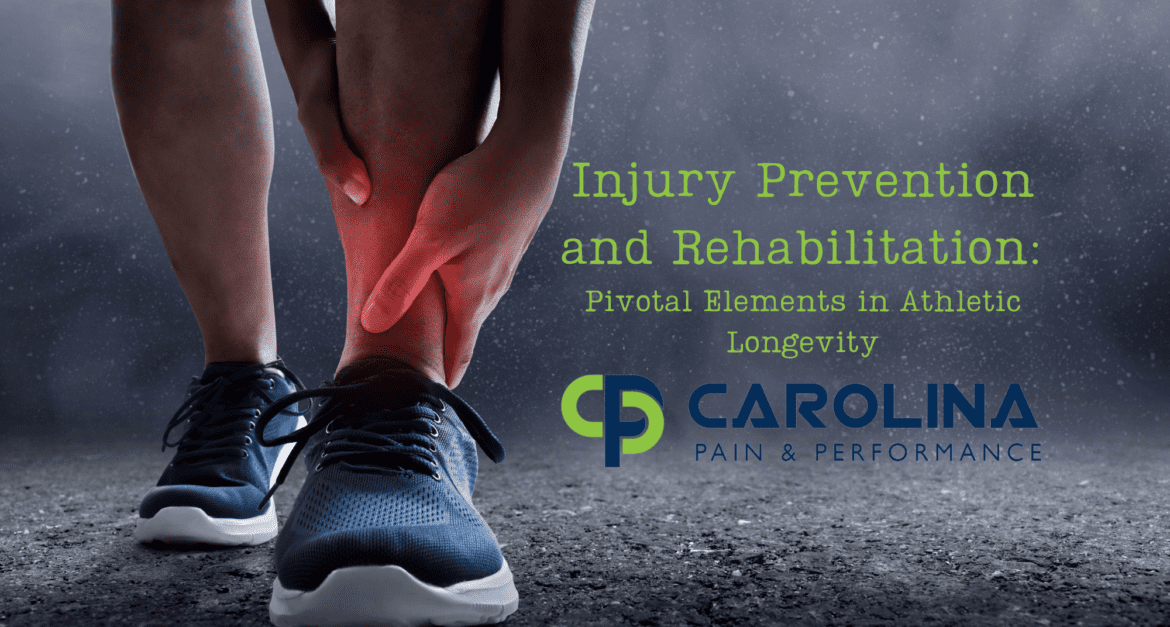Have you ever wondered how top athletes manage to perform at their peak for years on end? It’s not just talent or luck – it’s a rigorous commitment to injury prevention and rehabilitation. But why should this matter to you? Whether you’re a weekend warrior, a fitness enthusiast, or an aspiring athlete, understanding the secrets to staying injury-free can be a game-changer.
Understanding Injury Prevention
Think of your body as the ultimate sports equipment. Just like you wouldn’t go into a game with a broken bat or a deflated ball, you can’t expect to perform well if your body isn’t in top shape. Injury prevention starts with understanding your body’s limitations and how to push them without causing harm.
The Role of Proper Equipment
It’s not just about having the right gear – it’s about making sure it’s the right fit for you. Ill-fitting shoes or outdated protective gear can be the difference between a personal best and a personal injury.
Importance of Warm-Up and Cool-Down
Imagine starting your car in the dead of winter and immediately revving the engine. You’d probably end up with a hefty repair bill. The same goes for your body – a proper warm-up and cool-down routine prepares your muscles and joints for the workout ahead and helps them recover afterward.
Training Smarts: Balancing Intensity
Even the most dedicated athletes must recognize that more is not always better. Balancing high-intensity workouts with lower-intensity exercises can help prevent overuse injuries, which can sneak up on you like a thief in the night.
Cross-Training: A Key to Versatility
Putting all your eggs in one basket never ends well, does it? By varying your workouts through cross-training, you not only enhance overall fitness but also distribute the stress of exercise across various body parts, reducing the risk of injury.
Nutrition: Fuel for Recovery and Prevention
Your diet is the building block of injury prevention. Like a well-oiled machine, your body needs the right nutrients to repair itself and stay strong. Skimping on nutrition is like using subpar fuel – eventually, the engine’s going to sputter and stall.
Rest and Recovery: Essential, Not Optional
The art of doing nothing has its merits. Skipping rest days is akin to never turning off your phone until it crashes – rest is when your body repairs and strengthens itself.
Mindfulness and Mental Health
Ever notice how stress can make everything worse? A stressed mind can lead to a tense body, which is more prone to injuries. Incorporating mindfulness and paying attention to mental health can help keep the physical injuries at bay.
Rehabilitation: Bouncing Back with Resilience
Sometimes, despite all precautions, injuries happen. Rehabilitation is not just about healing; it’s about retraining your body and mind to come back stronger, without fear.
Professional Guidance and Support
Going it alone is not always the bravest path. Seeking professional guidance for injury prevention and rehab is like having a navigator in the passenger seat – they can help you stay on course and avoid the potholes.
Recognizing Signs of Injury
Knowing when to push through and when to pull back is critical. Recognizing early signs of injury is like catching a small leak before it sinks the ship.
The Psychological Impact of Injury
The body heals, but what about the mind? The psychological impact of injury can linger long after the physical wounds have healed, and addressing this is just as crucial for a full recovery.
Community and Support Systems
Nobody is an island, especially in sports. Having a supportive community can make the road to recovery less daunting and a lot less lonely.
Injury Prevention for Youth Athletes
The seeds of a long athletic career are sown early. Teaching youth athletes about injury prevention is like investing in a savings account for their future in sports.
Staying Informed: Keeping up with Research
The world of sports medicine is always advancing. Staying informed on the latest research in injury prevention can give you an edge, like a secret weapon in your athletic arsenal.
As we cross the finish line of our discussion, remember that the key to athletic longevity is not just about preventing injuries but also about how you bounce back from them. It’s about understanding your body, respecting its limits, and giving it the care it deserves.
FAQs
What is the most important factor in injury prevention?
The most important factor is a combination of proper training, equipment, nutrition, rest, and professional guidance.
Can proper nutrition really prevent injuries?
Yes, a balanced diet provides the nutrients needed for muscle repair and strengthening, reducing injury risk.
How often should I rest to prevent injuries?
Rest days should be scheduled regularly, depending on the intensity and frequency of your workouts.
What’s the first sign of an overuse injury?
Persistent pain during or after activity is often the first sign of an overuse injury.
Can mental health affect injury risk?
Absolutely. Stress and anxiety can increase tension in the body, making it more prone to injuries.


